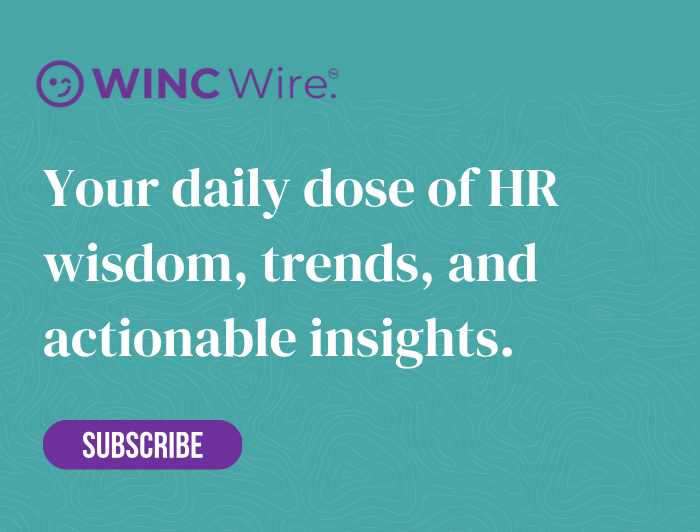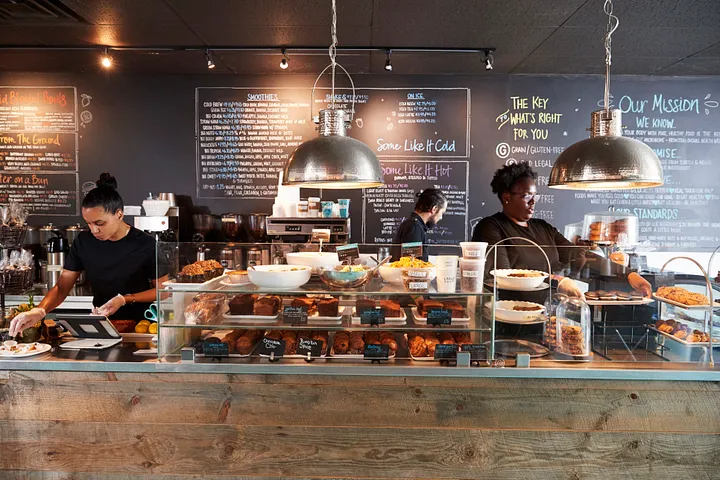Let’s be honest with ourselves. Hospitality is a beautifully chaotic organism, isn’t it? It runs on pure human energy. That concierge who remembers a guest’s favourite newspaper, or the barista who knows an order before it’s placed; these are the moments that define our industry. And behind every one of those five-star reviews, there’s an HR professional, like you and me, quietly conducting the orchestra.
But while the front-of-house gleams, the backstage reality is often a different story. Relentless staff turnover, a maze of legal requirements, and pervasive burnout are the daily tides we navigate. Yet, it’s precisely within these challenges that we have the chance to change the narrative. By rooting our strategies in genuine, people-first leadership, we can transform hospitality HR from a simple support function into a powerful engine for growth.
The Heartbeat of Hospitality: It’s Always About the People
You can have the most opulent marble lobby or a menu designed by a world-renowned chef, but what guests truly remember is how your team made them feel. This simple truth is where HR moves from the back office to centre stage.
In our world, HR is so much more than juggling recruitment and payroll. We are the curators of the culture, the architects of team resilience, and the force behind talent that doesn’t just perform a service, but genuinely delights. When we operate with clear intention, we become the invisible thread that weaves disparate operations into a seamless, high-performing whole.
The Real-World Challenges and Our Strategic Response
1. The Revolving Door of Talent
Staff turnover in hospitality is a constant, draining rhythm. The combination of long hours, seasonal peaks and troughs, and emotionally taxing work means disengagement can quickly become the default. For us in HR, this creates an exhausting cycle of recruitment, onboarding and premature goodbyes, unless we tackle the root causes head-on.
2. The Myth of Work-Life Balance
Evenings, weekends, bank holidays… our industry simply doesn’t switch off, and for a long time, neither did our people. Traditional ideas of work-life balance are incredibly difficult to achieve here, yet they are absolutely critical if we have any hope of keeping our best talent.
3. The Burnout Epidemic
Hospitality is an intense environment. The pressure of guest-facing roles, the unpredictability of service, and the sheer emotional labour involved take a heavy toll. Without structured, meaningful wellbeing support, burnout isn’t just a risk; it becomes a systemic problem.
4. The Compliance Tightrope
From labour laws and food safety to health and safety regulations, every new site seems to add another layer of complexity. Our job is to walk the tightrope, blending rigorous policy with the operational agility needed to stay compliant without stifling the very people we’re trying to support.
Practical Levers for Building a People-First Culture
Treat Recruitment as Brand Storytelling
In a high-turnover sector, attracting the right people is about so much more than filling a vacancy. You need to build an employer brand that feels authentic. Don’t just list the job; showcase the journey. What does growth look like in your organisation? Share real stories from your team and celebrate your internal promotions.
Ensure the application process is seamless, especially on a mobile phone, and use technology like applicant tracking systems to cut through the noise. Most importantly, your job adverts must be inspiring. Stop listing duties and start painting a picture of the possibilities.
Make Onboarding a True Cultural Welcome
That first week sets the tone for everything that follows. The administrative details are important, but the atmosphere is vital. It’s time to replace sterile checklists with an immersive welcome. Pair new starters with experienced mentors, induct them into your service philosophy, and make them feel part of something much bigger than their immediate task list.
Train for Agility, Not Just for the Task
The best teams I’ve worked with aren’t just well-trained; they are cross-trained. You need to build a workforce that can flex and adapt with operational demands. Equip your people with the skills to move between functions and, crucially, invest in managers who know how to coach, not just command.
Leadership training isn’t a ‘nice-to-have’. It’s often the single biggest factor that separates a cohesive, loyal team from one plagued by churn.
Proactively Tackle Burnout with Meaningful Actions
Let’s be clear: you can’t fix burnout with a pizza party. It requires deliberate, structural change.
Offer genuine flexibility wherever you can, things like split shifts or job sharing, and champion the use of proper micro-breaks. We must weave wellbeing into the fabric of the working day with accessible mental health resources, regular check-ins, and a culture of celebrating shared successes.
Map Out Growth, Don’t Just Fill Gaps
Good people often leave because they can’t see a future where they are. Our job is to build that future for them, and with them. Create clear, visible career paths. Offer internal apprenticeships, facilitate role rotations, or create hospitality-focused leadership programmes.
Progression shouldn’t feel like a vague possibility; it should feel like a planned and achievable journey.
Evolving with a Changing Workforce
While hospitality roles can’t go fully remote, they absolutely can become more flexible. From staggered start times to part-time concierge roles, adapting our models to modern lifestyles isn’t just considerate; it’s a competitive necessity.
Likewise, DEI is no longer a box-ticking exercise. Today’s workforce demands that organisations don’t just talk about inclusion but actively embed it in everything, from who sits on interview panels to uniform policies and how you define and reward success.
Three High-Impact Changes You Can Start Today
- Listen With Real Intent
Use pulse surveys, conversations on the floor, and open suggestion channels to turn your employees’ voices into tangible action. Don’t just gather data; demonstrate that you’re acting on it. - Celebrate Wins Frequently, Not Just Annually
Recognition shouldn’t be reserved for a once-a-year ceremony. We need to embed daily appreciation, from informal praise in the moment to spotlighting great work in team huddles. - Use Digital Tools to Sharpen Your Focus
Leverage HR technology not to replace your people, but to empower them. Automate the routine administrative tasks to free up everyone’s time for what truly matters: building the culture and coaching for performance.
Looking Ahead: HR as the Industry’s True Compass
Ultimately, HR in hospitality is the quiet strategist, the one charting a course through constant change while fiercely protecting the human element at our core. The challenges are significant, I know. But so is our potential to lead with empathy, design with purpose, and build cultures where every single team member feels they can flourish.
After all, our industry isn’t built on products; it’s built on people. The moment we in HR fully grasp that our greatest asset is human potential, genuine transformation isn’t just possible, it’s inevitable.
Let’s stop just managing talent and start truly cultivating it. We’re not just building workplaces; we’re building ecosystems of excellence.






